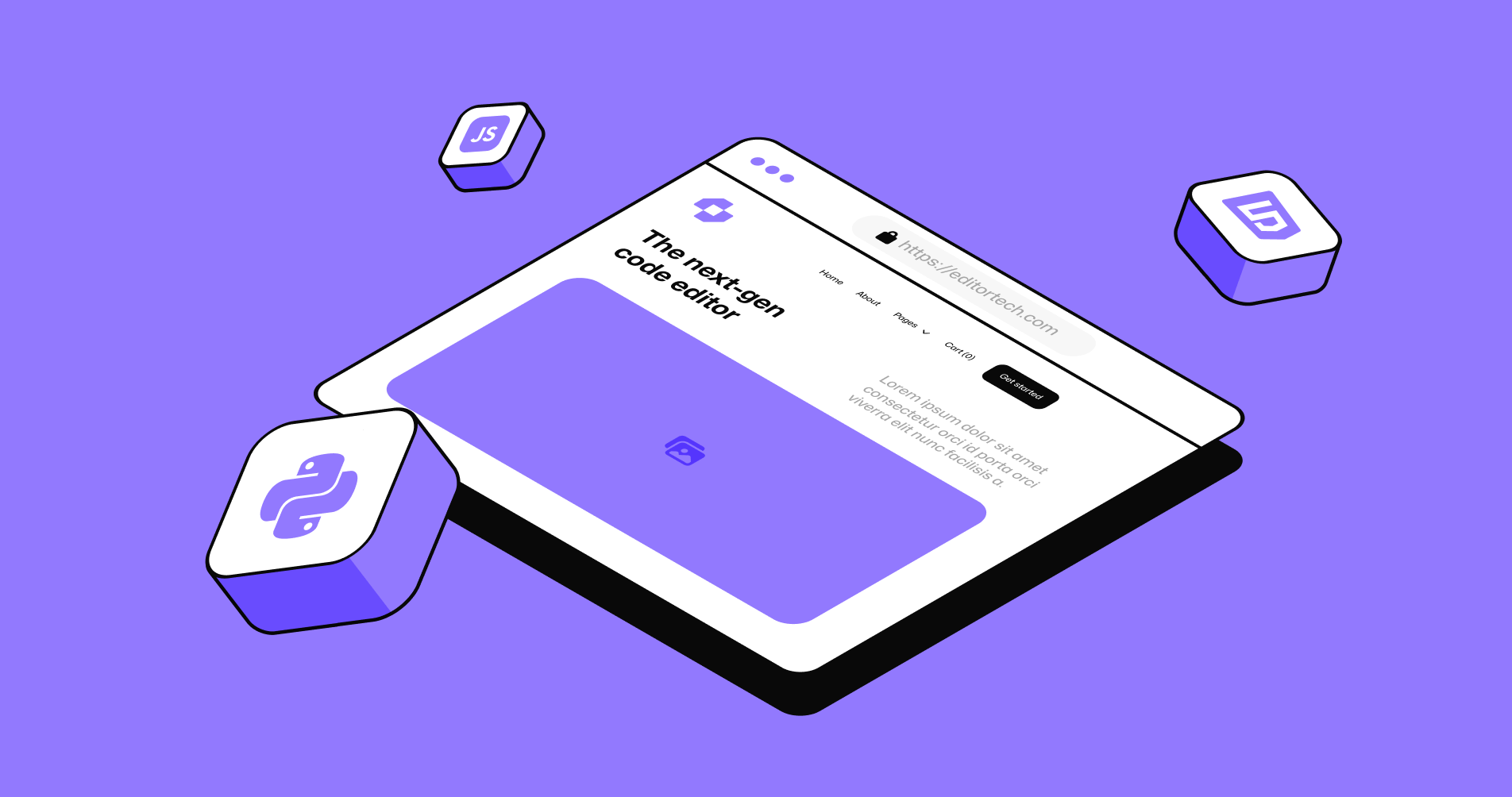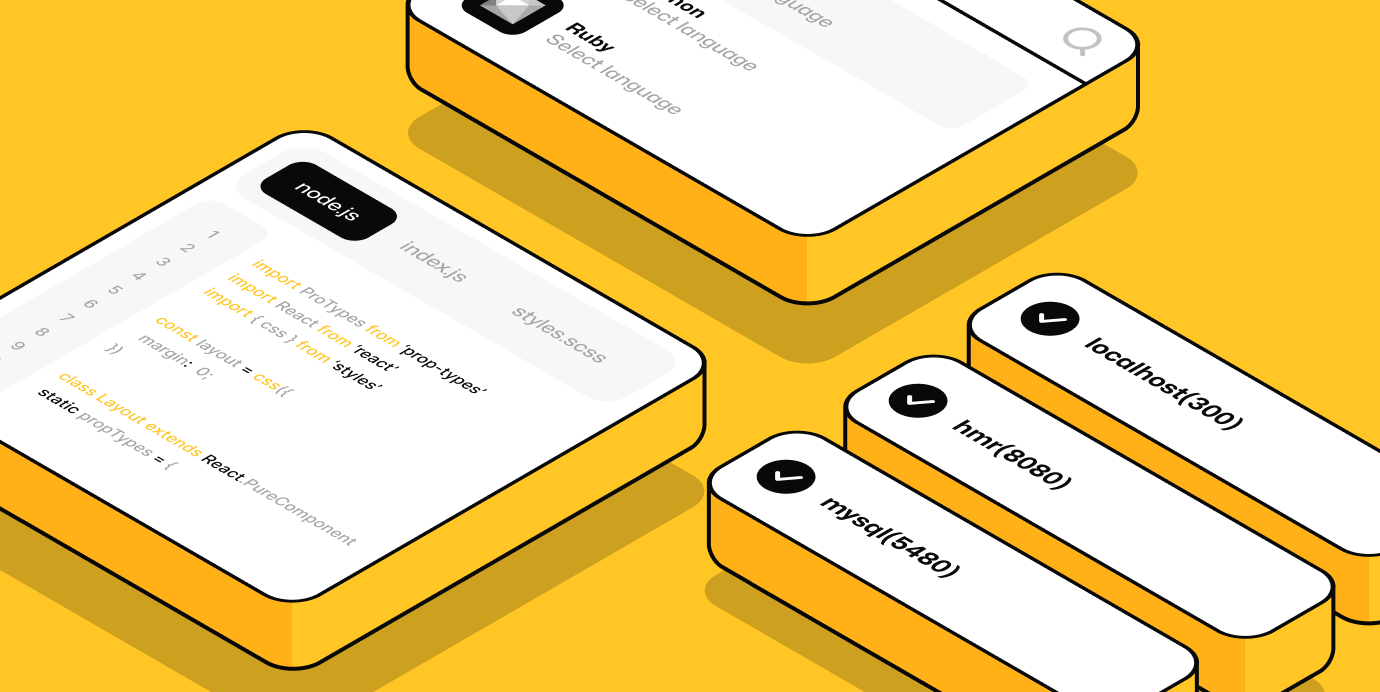Top 10 AI Market Research Platforms for 2025
Discover the top 10 AI market research platforms for 2025 with clear descriptions on choosing the right platform

Choosing an insights platform used to feel like grocery shopping while hungry.
Everything looked tempting, nothing quite fit, and you left with a cart full of tools you never actually used.
The good news is that 2025 brings sharper, faster options that turn tangled data into crisp decisions.
In this guide, we compare leading platforms for AI market research without the fluff.
You will get plain English explanations of what each tool excels at, where it may stumble, and which teams will benefit most. Expect practical differences, not hype, and a few smiles along the way, because dashboards should not be the only things that sparkle.
How We Evaluated
We scored platforms on five pillars that matter in daily work.
First is data coverage, because you cannot model what you do not see.
Second is analytical depth, including text and image understanding, summarization, and predictive cues that help you get to why, not just what.
Third is workflow, where setup time, automation, and integrations spare you from midnight spreadsheet wrestling.
Fourth is governance, which covers transparency, audit trails, export controls, and permissioning that security teams will actually approve.
Fifth is price to value, since budgets are real and shiny features must earn their keep. Throughout, we prioritized speed to insight, not just feature lists, because time saved is insight earned.
The Top 10 Platforms for 2025
Qualtrics
Qualtrics blends survey craftsmanship with automation that accelerates the boring parts. Drafting questions, spotting bias, and surfacing themes from open text all move faster, which shortens the distance between raw feedback and usable findings. The product shines when you want end to end research in one place, from panel management to executive dashboards.
It is particularly strong for customer experience programs that run continuously rather than one off projects. Governance is solid, with role based access, data lineage, and granular export control that keep compliance comfortable.
SurveyMonkey
SurveyMonkey has grown from a simple questionnaire tool into a practical insights platform. Automation generates draft surveys in minutes, flags weak wording, and suggests sample sizes that make sense. Open text analysis is quick and surprisingly nuanced for short feedback. The interface is friendly, which makes adoption painless across product, design, and success teams.
It plugs into collaboration suites and CRMs so results do not get trapped in slides. For complex studies, researchers may still want heavier tools, but for fast cycles it punches above its weight.
Medallia
Medallia focuses on experience programs that connect feedback to action. It ingests surveys, call transcripts, reviews, and chat logs, then unifies the signals so leaders can see patterns and exceptions in one view. Text analytics link sentiment to drivers and outcomes people actually care about, and alerting nudges the right person to act.
Implementation is more involved than lighter tools, which is the tradeoff for depth and scale. If you run enterprise wide listening with many stakeholders, Medallia’s rigor and governance pay dividends.
Brandwatch
Brandwatch excels at understanding what people say in the wild. It monitors social, forums, and reviews, then classifies conversations into topics you can defend in a meeting. Trend detection is fast, which helps you catch narratives before they become headaches.
Dashboards are flexible, and the query builder lets analysts explore without breaking anything. The tool is strongest for comms, brand, and insights teams that track perception and creative performance across markets. If your job is spotting the signal inside noisy chatter, this is home turf.
Talkwalker
Talkwalker specializes in social and media intelligence with a knack for telling the story behind spikes. It handles multilingual analysis well, which matters when launching cross borders. Image and logo recognition add a dimension beyond text, useful for sponsorship tracking and creative testing.
Alerting is configurable enough to avoid inbox panic while still catching real threats. The platform rewards clean taxonomies and well planned queries, so teams that invest in setup get standout results that travel from brief to boardroom.
NetBase Quid
NetBase Quid merges listening with research grade exploration that feels like a lab. Its strength is graph based analysis that reveals how ideas cluster and evolve, which is perfect for spotting white space and emerging need states.
Analysts can drill from the big picture into posts and articles without losing context. It does require training to master, and exports benefit from a tidy taxonomy. In return, you get uncommon visibility into how categories, narratives, and communities fit together over time.
Similarweb
Similarweb gives visibility into digital behavior at scale. Traffic sources, referral patterns, search trends, and app usage come together so you can test assumptions quickly. Modeling helps fill gaps and predict movement, which is handy when you need direction before the monthly data drop.
It is a favorite for benchmarking competitors, sizing categories, and planning channel mix. Panel based estimates demand interpretation, not blind acceptance, but used thoughtfully the insights are decisive and actionable.
Ipsos Synthesio
Synthesio, part of Ipsos, pairs strong listening capabilities with research services when needed. Its classification system is mature, and filtering makes it practical to separate signals from noise in messy global data.
Integrations with survey and community tools create a bridge between what people say unprompted and what they tell you directly. That combination helps teams triangulate answers rather than chase anecdotes. The platform is built for scale and governance that large organizations appreciate.
Sprinklr Insights
Sprinklr Insights ties social, support, and marketing data into one environment. The draw is breadth. You can monitor brand health, track campaign performance, and mine customer support transcripts without hopping between tools.
AI features accelerate classification and summarization, which trims hours from weekly reporting. The system is enterprise grade, with granular controls over permissions and pipelines. Expect a learning curve and a careful rollout plan, then steady compounding value as more teams plug in.
Remesh
Remesh modernizes qualitative research by facilitating large scale, live conversations. Participants respond in real time while algorithms cluster themes and surface the most representative statements. You keep the human touch of a moderated session with the scale of a survey.
It is ideal for concept screening, message testing, and exploring the why behind numbers. Because sessions are live, scheduling and recruiting still matter, but the payoff is rich depth that arrives in days rather than weeks.
Choosing the Right Platform
Start with your primary use cases, since that choice narrows the field quickly. If you need ongoing customer listening with routed alerts, experience centric suites fit best. If your priority is cultural and competitive awareness, social and media intelligence tools shine. For rapid survey cycles, favor platforms that trim setup time and auto summarize open text so you can spend your energy on interpretation.
Next, map your data sources and privacy constraints, ensuring any AI data automation is propertly sequenced. Match vendors to the systems you already rely on and the rules you must follow. Finally, run a realistic pilot that proves time saved, not just features checked.
Implementation Tips That Save Sanity
Pilot with a real business question, not a generic demo prompt. Set up data pipes and permissions early, since access speed dictates momentum. Document tagging taxonomies and share them broadly, because consistent language keeps dashboards honest and comparisons fair.
Establish a cadence for insight reviews so stakeholders know when to expect takeaways. Reserve time for change management, training, and a small celebration when the first quick win lands. Momentum is contagious, and it helps the tooling stick.
Ethics and Governance You Can Live With
Strong controls are not optional. Make sure you can mask fields, restrict exports, and trace who touched what. Favor vendors that explain models in plain language and provide ways to correct errors, since accountability matters when insights influence budgets and creativity.
Review license terms for data sources and ensure you have a lawful basis for collection and processing. When in doubt, design for the most conservative market you operate in. Sleeping well beats apologizing later.
Conclusion
The best platform is the one that fits your problems, your timelines, and your guardrails. Tools that speed up drafting, summarize messy text, and connect dots across channels will free your team to focus on interpretation and action. Start with a sharp pilot, set clear governance from day one, and teach the system your language.
Do that, and 2025’s platforms will not just report the story of your market. They will help you write the next chapter, with fewer spreadsheets, more clarity, and maybe even a little fun.
Subscribe to our newsletter
Get regular updates on the latest in AI search





.png)

